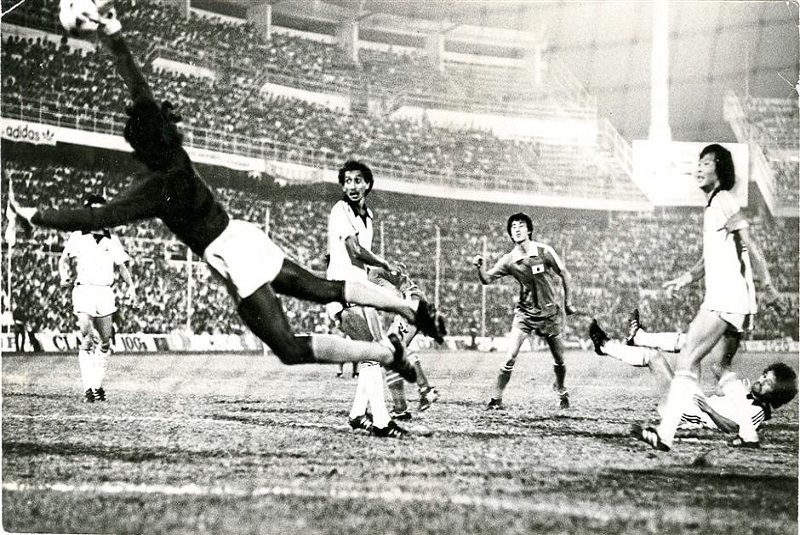 The age-old saying ‘a picture is worth a thousand words’ has never rung more true than when it comes to sports photography. Who will forget the day Malaysia qualified for the 1980 Moscow Olympics, thanks to a spectacular goal by James Wong?
The age-old saying ‘a picture is worth a thousand words’ has never rung more true than when it comes to sports photography. Who will forget the day Malaysia qualified for the 1980 Moscow Olympics, thanks to a spectacular goal by James Wong?
While there is video footage of Wong’s decisive shot, nothing captured the intense emotion of the moment quite like the photographs taken on the day by very talented sports photographers. Sports photography can be both a lucrative career as well as a fun pastime.
While many of the world’s top photographers undoubtedly sport a natural talent for capturing memorable moments, there are also a number of tips to follow to take your sports photography to the next level.
Invest in the proper gear
Although you can snap some casual shots using your smartphone of your son playing football at school, you may want to invest in some decent gear if you are considering taking up sports photography as a serious hobby or career.
Decades ago, analogue cameras were the prized possessions of respectable photographers from across the globe. While some photographers still choose to shoot with film, digital camera technology has taken the world by storm, especially among photographers with a concern for the world’s ecosystems.
To capture great football photos, opt for a camera that is able to shoot at least 1/1000 of a second. A good lens (set of lenses) is also vital. Try to get your hands on a good 70-200mm f/2.8 lens. Alternatively, invest in the best lens that you can afford. Camera equipment can be very expensive so be sure to seek out professional advice before spending money on something you may not need.
Know the game
One of the tricks of taking superb football photos is to understand the game. If you do not possess at least a basic understanding of the rules, chances are your reaction time will not be fast enough to get the shot you wanted. By familiarising yourself with even just the rudimentary of rules, you will be able to predict the flow of play a lot better, ensuring that you don’t miss that spectacular goal or defensive move.
The more photos you take, the easier it will become to anticipate the next ‘wow’ moment. Continue to keep your eye on the field and when your gut tells you that something exciting is about to happen, press down on that shutter button. Once the moment has passed, resist the urge to check your photos immediately s you might miss some follow-on action.
Put some thought into your shooting positions
Apart from knowing the game and having the right gear, finding the perfect shooting positions is also extremely beneficial. Ideally, you want to be in a position where you can easily move to either end of the field, making the halfway line a good place to start, especially if you are shooting with a relatively short lens.
If you are in possession of a lens longer than 400mm, consider positioning yourself at the end line, to the immediate left or right of the goalpost. Always remember that while standing up while shooting will definitely allow you to get good shots, siting or even lying down often results in mind-blowing photos.
Sports photography is both a very enjoyable hobby as well as a worthwhile career choice. By following some basic tips, you will be able to put your natural talent to good use and develop your skills exponentially.

































